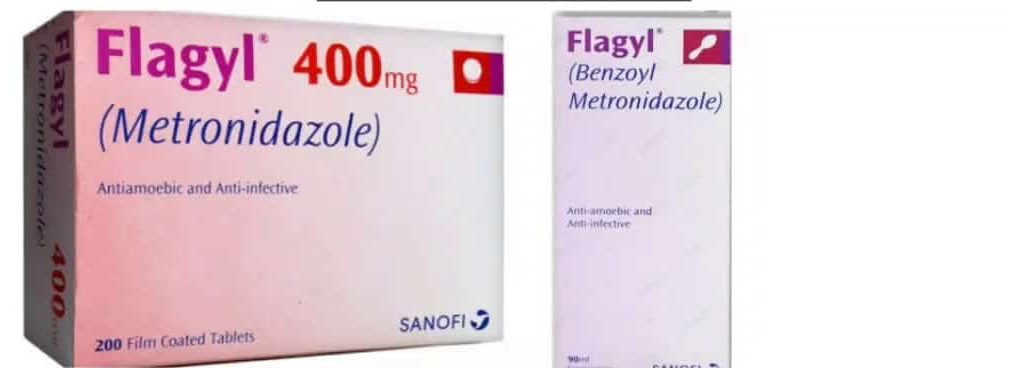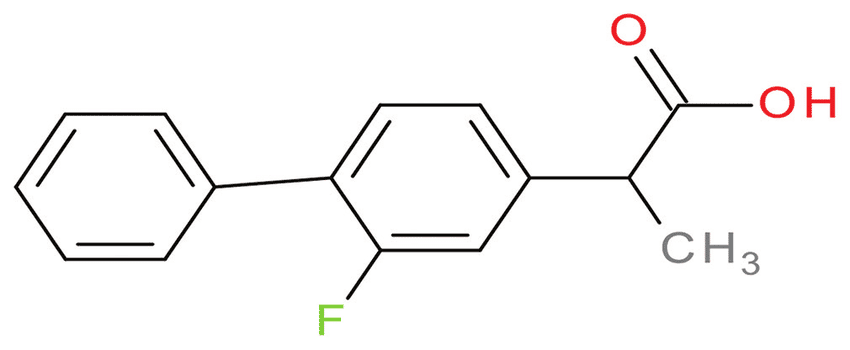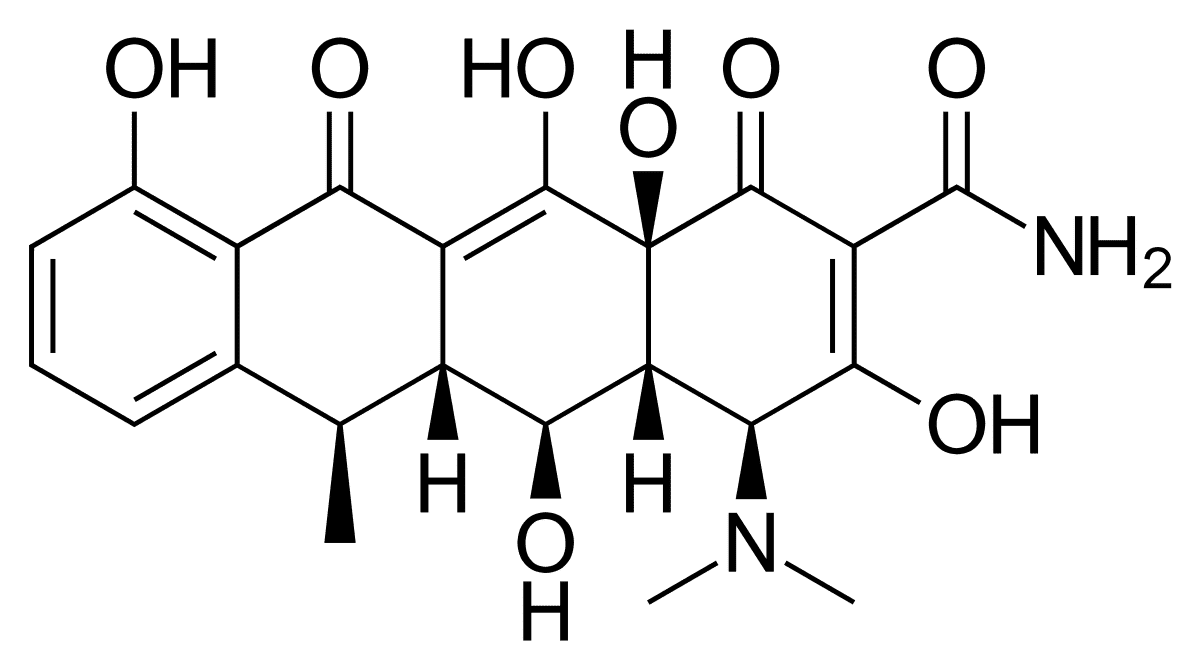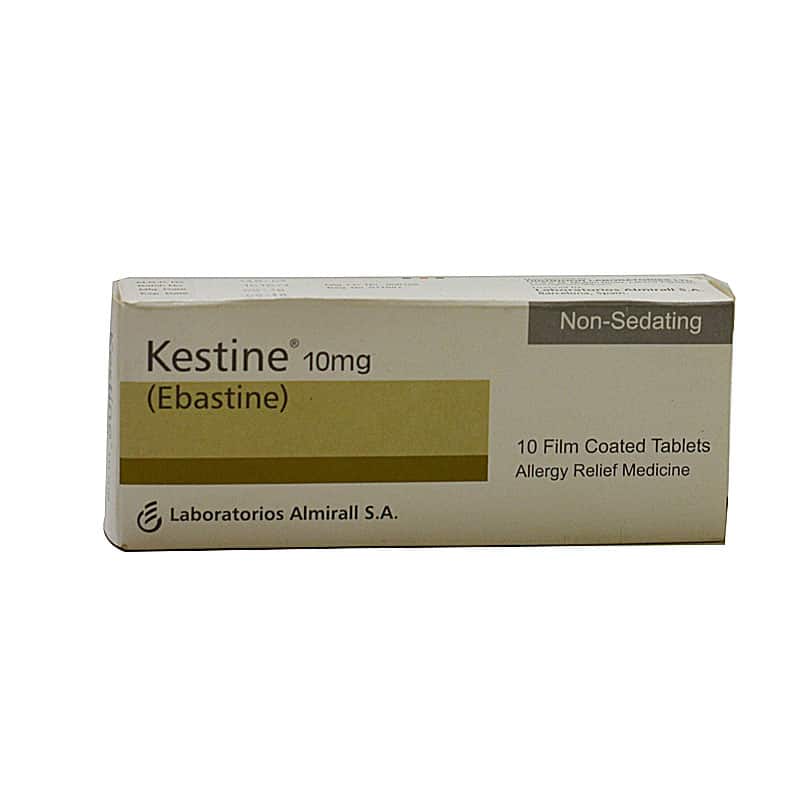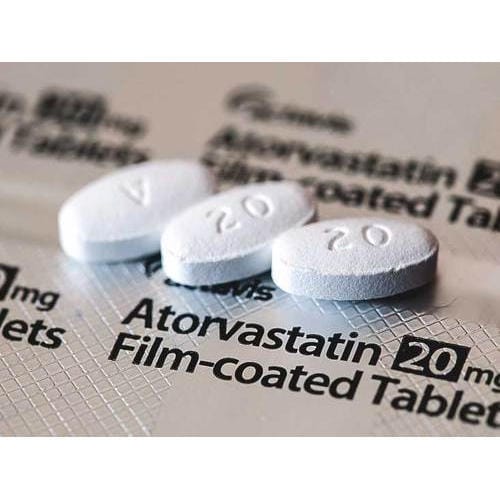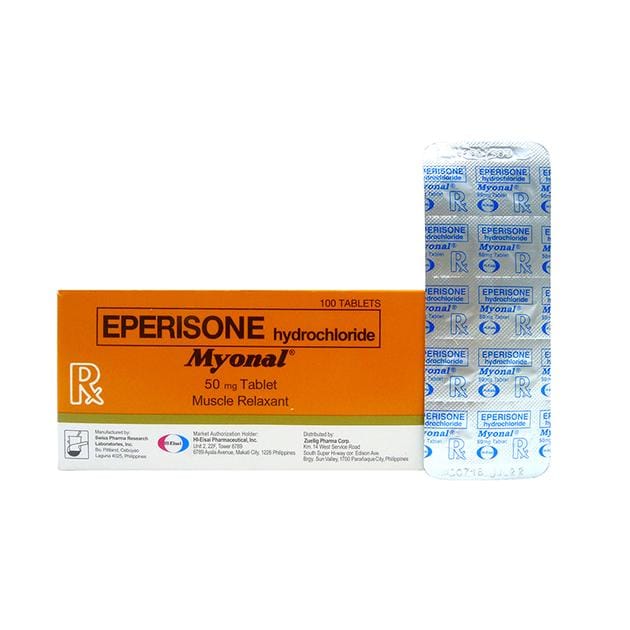
| Introduction | Domperidone available under brand names Motilium, Pelton and others, is an antiemetic, stomach prokinetic drug, and galactagogue. This drug helps the digestive system move more freely. It’s used to treat the signs and symptoms of gastric problems. It can also be used to prevent nausea and vomiting from drugs. |
| Class of Medicine | Domperidone is a dopamine receptor antagonist that is used for dyspepsia, indigestion, epigastric pain, nausea, and vomiting as a peristaltic stimulant and anti-emetic. |
| Mode of Action | Domperidone is a peristaltic stimulant and a delayed gastric emptying adjuvant. Domperidone’s gastroprokinetic effects are linked to its peripheral dopamine receptor blocking abilities. By enhancing esophageal and gastric peristalsis and lowering esophageal sphincter pressure, domperidone speeds up gastric emptying and shortens small bowel transit time.Antiemetic: Domperidone’s antiemetic actions are linked to its ability to inhibit dopamine receptors at both the chemoreceptor trigger zone and the stomach level. It has great affinity for the D2 and D3 dopamine receptors, which are situated in the chemoreceptor trigger zone, which governs nausea and vomiting, among other things, just beyond the blood brain barrier. |
| Medical Uses | Domperidone is a drug that helps people feel better while they’re sick. It aids in preventing you from feeling or being ill. It’s used to treat the signs and symptoms of gastric problems. It can also be used to prevent nausea and vomiting from drugs. If you’re receiving end-of-life care, it can also be used to alleviate stomach pain (palliative care). Domperidone is occasionally used to boost milk production. |
| Avaiability & Usage | Domperidone is available in tablet and syrup. It can be taken by mouth 30 minutes before meals and before bedtime as directed. Do not use this medication in higher doses or more frequently than recommended. Your condition will not improve any faster, but your chances of experiencing negative effects will increase. |
| Side Effects | As your body adjusts to the medicine, you may experience Headaches There have also been reports of difficulty sleeping, stomach cramps, heat flushes, and leg cramps. Inform your doctor if any of these side effects persist or become bothersome. |
| Important Warning | Domperidone is contraindicated with powerful CYP3A4 inhibitors and other drugs that prolong the QTc interval due to its relation to QT interval prolongation. In older patients or those with a history of heart disease, dopamine should be administered with caution. |
| Available Brands | Motilium Pelton |

